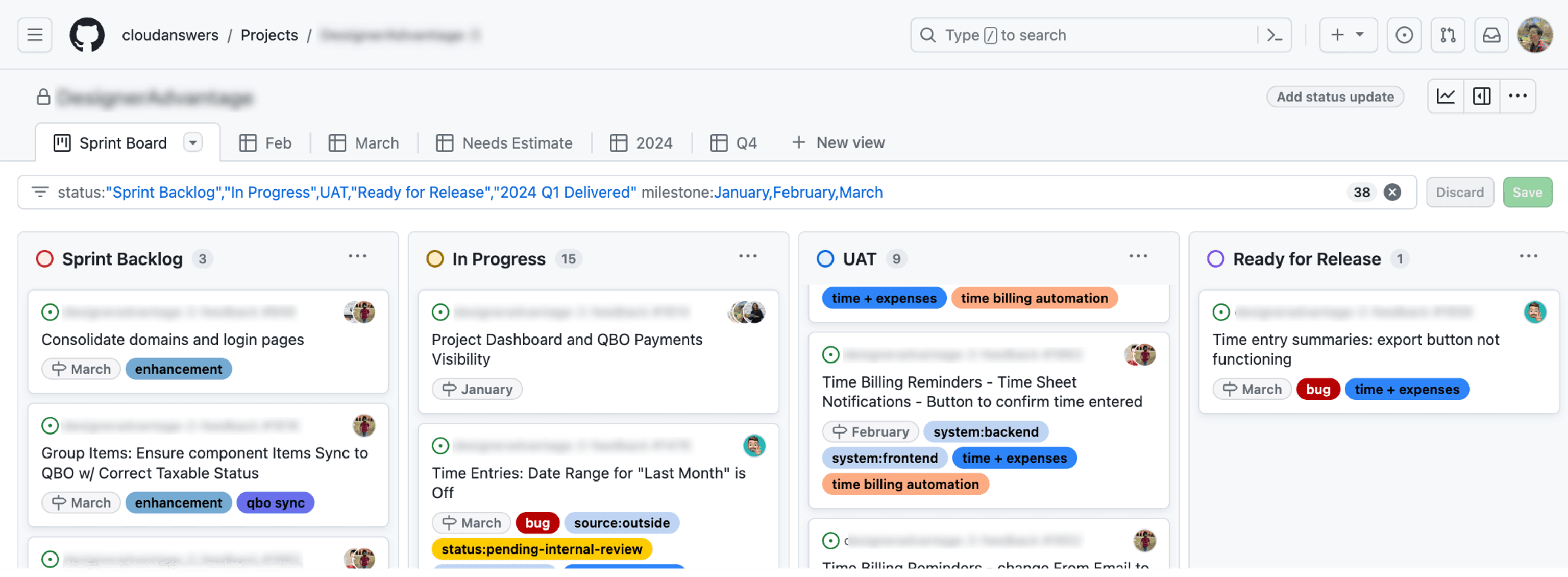
In today’s digital times, the growth and the future of organizations are highly dependent on their policy to collect, store, retain, access, and use data. What’s more, this enormous volume of data is coming with plenty of challenges like high storage costs, reduced application performance, quality issues, but also security and scalability.
Sometimes, when working with Salesforce, the amount of data may grow too big. And for this reason, you have to come up with the right ways to handle such numbers of data, to avoid a degradation in Salesforce performance by optimizing Salesforce data storage.
And in this article, I will show you how to optimize Salesforce data storage.
The Salesforce database
Salesforce runs on the Force.com platform, which provides a powerful relational database. In a relational database, data is stored in tables. Each table is created out of any number of columns that represent a type of data (for example date or a number). Each row is a group of related data values. So the database is very much like a spreadsheet.
In Salesforce a table is named an object**, a column is a field, and a row is a record**. Each object is made up of a number of fields, and the data for that object is stored in records. Objects are associated with each other through certain types of fields.
The Salesforce storage types
Salesforce storage contains two category: -File storage, as the name suggests, that’s the space to store files like:
- Files in attachments
- Files home
- Salesforce CRM Content
- Chatter files, this includes user photos
- Documents tab
- Custom file field on Knowledge articles
- Site.com assets
-Data storage, that’s the space to store the records you create and edit in Salesforce like:
- Leads
- Accounts
- Contacts
- Opportunities
- Quotes
- Orders
- Contracts
- Email messages
- Notes
- Tasks and Events
- Custom objects
Your data storage usage
To understand how your data storage is being used, you will want to analyze it. The analysis of it and File Storage in Salesforce can be executed by looking at which objects are taking the most storage space. To do this, go to Setup>Storage Usage.
Please note that each record stored in Salesforce has a size of 2 KB. Apart from a few exceptions: :
- Person Accounts are 4 KB.
- Campaigns are 8 KB.
- Articles are 4 KB.
- Email Messages are based on the actual size of the email, so a 100 KB email will tie up 100 KB storage.
How much Salesforce storage do You have?
The amount of storage any customer has in Salesforce depends on their edition and number of users. At a minimum, each Salesforce org gets 1GB of storage. If you are not sure how much data you have available or how much you’re using, you can check this in: SETUP > Administration > Data > Storage Usage.Here is a breakdown of the data storage limits by edition:
| SALESFORCE EDITION | DATA STORAGE MINIMUM PER ORG | DATA STORAGE ALLOCATION PER USER LICENSE | FILE STORAGE ALLOCATION PER ORG | FILE STORAGE ALLOCATION PER USER LICENSE |
| Contact Manager | 10 GB | 20 MB | 10 GB | 612 MB |
| Group | 10 GB | 20 MB | 10 GB | 612 MB |
| Professional | 10 GB | 20 MB | 10 GB | 612 MB |
| Enterprise | 10 GB | 20 MB | 10 GB | 2 GB |
| Performance | 10 GB | 120 MB20 MB for Lightning Platform Starter user licenses | 10 GB | 2 GB |
| Unlimited | 10 GB | 120 MB20 MB for Lightning Platform Starter user licenses | 10 GB | 2 GB |
| Developer | 5 MB | N/A | 20 MB | N/A |
| Personal | 20 MB (approximately 10,000 records) | N/A | 20 MB | N/A |
| Essentials | 10 GB | N/A | 1 GB | N/A |
Source https://help.salesforce.com/articleView?id=overview\_storage.htm&type=5
NOTE In most cases, the allocation is enforced and records can’t be added once the allocation is exceeded. For active production org, the allocation of big object records is enforced contractually.
How can you optimize your Salesforce data storage plan?
Develop effective archiving and reporting strategy
Companies manage millions of records per day across all the Salesforce products. With so much information, it’s crucial to have set up processes for managing data throughout its lifecycle from creation and storage to when it becomes obsolete and deleted.
Data management lifecycle
Choose a Data Management Tool
Salesforce has plenty of tools that are helping companies with big data volumes to be managed. Examples of such tools are the Data Storage Optimizer, which was designed for Salesforce.org customers, and big objects, which help Salesforce users to archive their data without the need for an external application.
In case the Data Storage Optimized is not really fulfilling your needs to go on #AppExchange, where you find everything that’s needed to manage and store your data.
Remove unnecessary data manually
If there is unnecessary data stored in your Salesforce account, you are advised to delete it of course. There are a number of tools that you can use to delete some of your data manually:
- Salesforce’s Mass Delete Wizard - This is a native deletion wizard for Salesforce. Simply go to Setup>Mass Delete Records to access the tool. This wizard allows you to delete Accounts, Leads, Activities, Contacts, Cases, Solutions, Products, and Reports. Notice that Mass Delete is limited to 250 records and also is limited to the named objects. This feature is available in all Salesforce editions, except for Database.com where it is only available by the API.
- ETL (Extract Transform Loading) Tools - These tools are mostly used for data migration but they can also be used for data removal. An excellent example of an ETL tool is the Salesforce Data Loader, which can delete data from Salesforce and access all Custom and Standard objects. It is supported in Enterprise, Performance, Unlimited, Developer, and Database.com editions. There are also other popular ETL tools. Just that most of them are paid and require investment and evaluation to ensure they meet your requirements. These solutions will work for you but are not the most efficient option. You will have to regularly rerun your backup and deletion processes manually and if you make a mistake it could have negative consequences.
Remove unneeded data automatically
If you don’t want to spend much of your time on removing data, you can automate the process using Storage Helper, which is a native Salesforce AppExchange app.
Purchase Salesforce data storage space
If you don’t want to delete your data at all, you can decide to buy additional storage space and so keep everything in your archives.
| Storage type | US $ | EUR |
| Data Storage | $1,500 per 500 MB per year | €1,407 per 500 MB per year |
| File Storage | $60 per 1GB per year | €56 per 1 GB per year |
But be aware that data storage on Salesforce is expensive. And for good reason. Salesforce needs to put some effort to host the data, in particular: monitor the changes to the data, take a backup and ensure that it is secure.
Don’t forget about the data backup
If you do register the data that you don’t need anymore and want to do a cleanup, it is critical that you first backup your data in case you ever need to return it to your org.
There are applications available on the AppExchange that can backup and restore your data.
The free available option is the Salesforce Data Export service. It is a monthly export service that will backup your data from the entire org. The data is housed by Salesforce for a period of time, and the backup can be scheduled to run monthly. Salesforce delivers the data as CSV files in case you ever need to bring them back to the org. To do so, download the files to a safe area within 48 hours of a backup running. Please note that these files cover most of your data, but it does not back up everything – It is not covering Account Contact Relations, protected custom settings and other details.
If you have any questions or need help in marching Salesforce to your business needs, contact us at help@cloudanswers.com or simply write a message on our chat www.cloudanswers.com
Related Articles

AppExchange Review Series
As a long time Salesforce partner (since 2008), on both the consulting and AppExchange side, we realized we have a wealth of experience in building, installing, configuring, and using AppExchange apps. Our consulting customers often come to us with questions about which app would solve a particular problem, and as part of our AppExchange business we are often trying apps to learn what to do (and not to do) when building our own.
July 24, 2024
3 Min Read

Product Launch: CloudAnswers Shop Builder
Are you looking for an easy way to launch an ecommerce shop? Our new app, Shop Builder, is now in public beta! We’re looking for companies that want to build an online shop but don’t want to spend thousands building it out.
April 12, 2024
5 Min Read

A Day in the Life of a Project Manager at CloudAnswers
I'm Emily, and I've been a project manager at CloudAnswers for the last two years. It can be a nebulous role, but I like to say I act as a bridge between the product vision and tangible results, whether that is building a custom app for a client or one of our own Salesforce products. My typical day revolves around managing tasks, ensuring progress, and maintaining standards while adhering to project timelines.
March 22, 2024
5 Min Read

